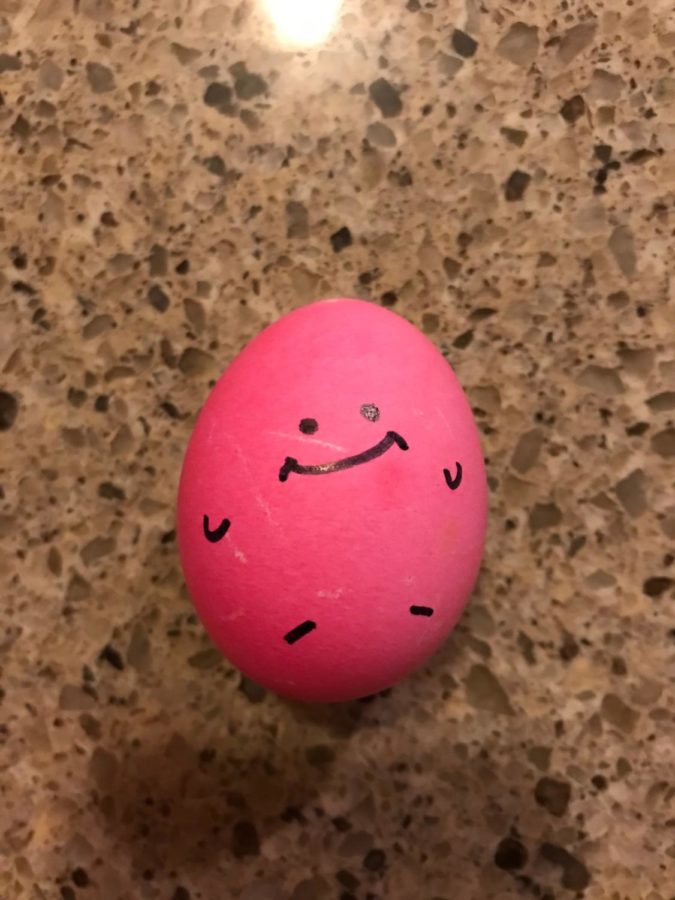Dying to Know Why We Dye Eggs?
April 14, 2022
As Easter weekend approaches, many of you might be participating in classic Easter traditions. One of the staple Easter traditions is dying Easter eggs. Making eggs bright, pretty, and decorative is a fun tradition for many families, but how did it start? When you pause to think about the tradition, it seems kind of odd that we boil eggs, put color tablets in vinegar, and let eggs sit in it. So how did this tradition come to be? Many of the reasons come from faith.
Dying eggs in certain colors is a way to serve as a reminder of the season. Different colors are meant to represent certain aspects of the Easter season. Red colors are supposed to represent Jesus’ blood, blue represents love, and yellow represents the Resurrection. Some also thought the hard shell of the egg served as a symbol for the tomb and when cracked, it represents Jesus’ resurrection.
Now, we decorate eggs in all sorts of ways. People make either intricate or basic designs. No matter what way you design them, everyone loves to dye Easter eggs. Junior Joseph Johnson said, “We always dye Easter eggs on Good Friday because we celebrate Easter on Saturday with my siblings that have moved out.” Junior Lenore McBean recounts her fondness of the season, “I create abstract pieces from my recomposed eggshells. I dye them in bright, wondrous colors. Sweeping me from my doubt, I display my creations for the season. I take in every part of the treasured experience. The senses. The smell… delicious. My favorite festivity of the season is dying these specimens. I cannot wait to embark on yet another Easter egg dying experience!”
Dying eggs is fun and enjoyable for everyone, and I hope you can do it yourself this season! Happy Easter!




